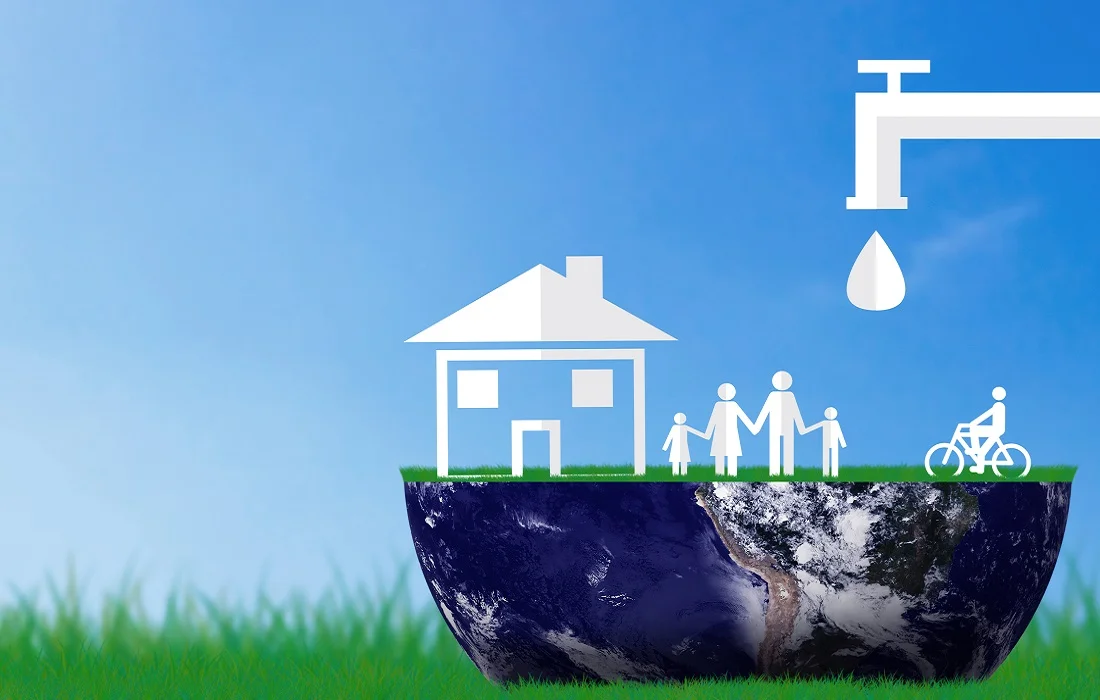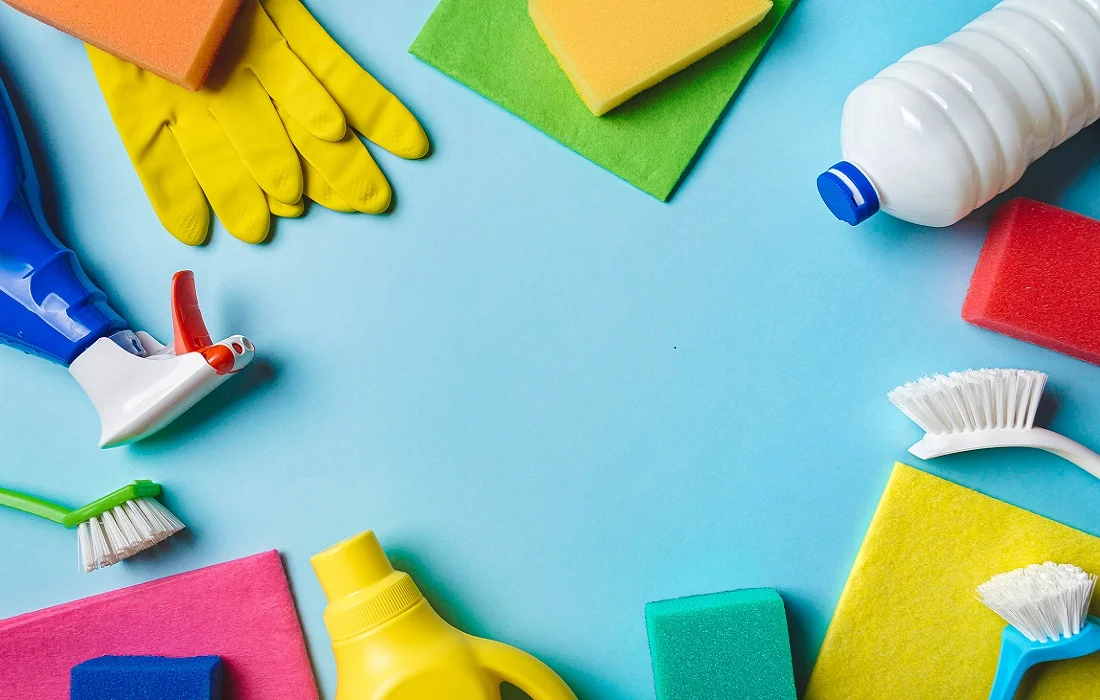Living sustainably isn’t just about protecting the environment; it’s about creating a healthier home and saving money. Environmental advocate Victoria Gerrard La Crosse shares several simple yet impactful eco-friendly home hacks that you can implement to minimize your environmental footprint. From energy efficiency to waste reduction, this guide will give you easy-to-adopt strategies for a greener lifestyle.
Reducing Energy Consumption
Reducing energy consumption is vital to minimizing one’s carbon footprint and contributing to a greener environment. Let’s explore some practical tips for achieving this goal.
Smart Thermostats for Efficient Heating and Cooling
Heating and cooling systems can be energy hogs if not managed properly. By installing a smart thermostat, your home can automatically adjust temperatures based on your daily routines and the outside weather, minimizing unnecessary energy use.
LED Lighting Solutions
Swapping out incandescent light bulbs for LED alternatives can save considerable energy. Victoria Gerrard La Crosse WI emphasizes that LEDs last longer, use less electricity, and come in various styles and hues to efficiently brighten your living space.
Implementing Solar Power
Solar panels may require an upfront investment, but they offer long-term savings on electricity bills and reduce reliance on fossil fuels. Even adding solar-powered outdoor lights or chargers can reduce energy consumption.

Minimizing Water Waste
Clean water shouldn’t be taken for granted, as it’s not infinite. By implementing effective strategies and making conscious choices in your daily routines, you can significantly reduce your water usage and join the sustainability movement.
Low-Flow Fixtures and Appliances
Installing low-flow showerheads and faucets can significantly reduce water usage. You can also consider opting for ENERGY STAR-certified washing machines and dishwashers, which use less water and energy without sacrificing performance.
Rainwater Harvesting Systems
Set up a rain barrel or a more advanced rainwater harvesting system to collect and reuse water for gardening or other outdoor needs. Victoria Gerrard La Crosse explains that this can significantly decrease your household’s water consumption.
Enhancing Insulation and Ventilation
It’s important to maintain a comfortable living space while minimizing energy usage. Proper insulation and ventilation can help achieve this, keeping your home warmer in the winter and cooler in the summer. Here’s how to get that done:
Sealing Air Leaks
Air leaks around windows, doors, and other openings can increase heating and cooling costs. Use weatherstripping or caulk to seal these gaps and keep your home
Window Treatments for Insulation
Properly insulated windows can keep your home comfortable while reducing energy costs. Invest in thermal curtains or double-pane windows to keep heat in during the winter and out during the summer.
Attic Insulation for Temperature Control
A well-insulated attic can prevent heat loss in the winter and keep your house cooler in the summer. To maximize its effectiveness, make sure your insulation meets current standards.
Promoting Sustainable Kitchen Practices
It’s easy to waste stuff in the kitchen, be it food, water, or energy. Here are some tips to help you reduce your environmental impact while cooking and cleaning:
Composting Kitchen Scraps
Composting food waste is one of the simplest ways to reduce landfill contribution. Outdoor compost bins or indoor worm farms can turn your organic waste into nutrient-rich soil for your garden.
Mindful Cooking Habits
Use lids while cooking to retain heat and cook meals faster. Plan meals to ensure groceries are used efficiently, and refrigerate leftovers promptly to minimize waste.

Eco-Friendly Cleaning Solutions
Storebought solutions have VOCs (volatile organic compounds), which harm the environment and human health. Here’s how you can switch up your cleaning routine for a healthier home:
Natural Cleaning Products
Many commercial cleaners contain harmful chemicals. Victoria Gerrard La Crosse WI shares that it would be better to opt for natural cleaning alternatives like vinegar, baking soda, and lemon to keep your home clean and chemical-free.
Microfiber Cloths Over Paper Towels
Invest in reusable microfiber cloths that effectively clean and reduce the need for disposable paper towels. They’re machine-washable and can be used multiple times, reducing garbage and saving trees.
Waste Reduction
Reducing waste is one of the most significant ways to live more sustainably. Here are some simple tips to get started:
Going Paperless
Reduce paper clutter and deforestation by opting for digital invoices, receipts, and subscriptions. Use apps and online platforms for note-taking and reading to minimize the need for paper.
Single-Use Plastic Alternatives
Reduce plastic waste using reusable bags, bottles, straws, and containers. Not only will this help the environment, but it can also inspire others to follow your example.
Sustainable Gardening
Don’t just rely on store-bought produce. Grow your fruits and vegetables with these eco-friendly gardening tips:
Planting a Vegetable Garden
Grow your herbs, fruits, and vegetables at home. If space is limited, you can use your windowsill or balcony and try vertical gardening. This reduces your carbon footprint by minimizing the transportation of supermarket produce and ensures access to fresh and organic food.
Drought-Resistant Landscaping
Xeriscaping, or landscaping with drought-resistant plants, can create a beautiful outdoor space without frequent watering. Native plants are also more resilient and can provide habitats for local wildlife.

Responsibly Sourcing Home Goods
It’s important to consider the impact of our purchases on the environment. Here are some things to keep in mind when sourcing new home goods:
Thrift Shopping for Furniture
Consider second-hand items or refurbished furniture to give your home a unique touch without the environmental impact of new goods. This practice promotes recycling and extends the life cycle of products.
Eco-Friendly Building Materials
If you’re renovating or building, choose materials like bamboo flooring, recycled glass countertops, or reclaimed wood. These materials are sustainable and add a green luxury to your space.
Conclusion
Adopting an eco-friendly lifestyle at home can be simple and cost-effective. Making conscious daily choices can reduce your environmental impact and enhance your quality of life and finances. Even a few home hacks can lead to a more sustainable existence. Progress over perfection is key. Each small step contributes to a greener world. Engaging in eco-friendly practices supports a healthier planet for future generations. Live simply for a sustainable future.
